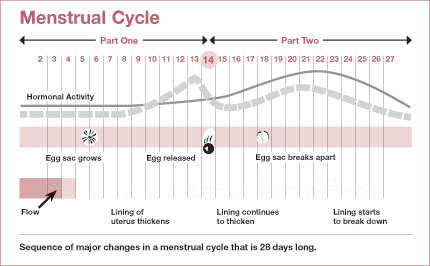Drew and I are lucky to have such wonderful mothers who helped us clean our new home as soon as we moved in (and thanks to those ceilings…not to mention that the superficial cleaning by the woman who lived there previously…there was plenty to clean). You won’t find the standard cleaners in our home. We don’t have a separate bottle of something for the toilet, and the sink, and the kitchen counters, nope! Whenever my mother or mother-in-law asked me what to use to start cleaning something my answer was (to their annoyance) vinegar and baking soda!
How to use vinegar and baking soda…FOR EVERYTHING
Vinegar is an acid (acetic acid to be precise). This makes vinegar great at breaking down grime while still being safe to inhale, touch, and heck even lick if you were so inclined. It is antimicrobial and is comparative to bleach in it’s efficiency (source) with being safer to handle. Vinegar is a GREAT window cleaner [spray vinegar on glass and wipe down with newspaper. Be aware it will probably get ink on white windows, but that’s easily wiped off with…guess what? MORE VINEGAR!]. If you’re worried about the smell (which if you’re using ‘traditional’ cleaners this point is kind of moot) it dissipates pretty quickly, I promise your home won’t be smelling like vinegar 24/7. It’s also a mold-killer. Spray it in the bathroom or other problem areas to help keep mold at bay.
Baking Soda is a base (sodium bicarbonate). It’s a great mini-abrasive. Combine it with some sort of solution (water, oil, etc) in different consistencies depending on how abrasive you need it to be. It is also a great deodorizer. Sprinkle it on the carpet, leave it for a bit, and vacuum it up. Leave an open box in the fridge. Add some to some smelly laundry. It’s also perfectly safe to handle.
What happens when you combine these two powerhouses?
They explode! Yeah, it’s not as exciting as it might sound. We’ve all seen the volcano at the science fair, the bubbly oozing lava. This is the reaction of baking soda and vinegar. For the chemistry nerds out there (too much Breaking Bad?) here’s the skinny on that lava:
Two things happen. First, the initial reaction of the acetic acid and the sodium bicarbonate produces sodium acetate and carbonic acid (NaHCO3 + HC2H3O2 → NaC2H3O2 + H2CO3). The second step to this (which is where the bubbles come in) is where the carbonic acid, the unstable little guy he is, decides to become dihydrogen oxide (the name water uses at fancy dinner parties) and carbon dioxide. So, when baking soda and vinegar meet, they neutralize each other (as acids and bases tend to do) and you’re left with water, salt, and carbon dioxide. Moral of the story: Don’t store vinegar and baking soda together for cleaning, because they lose their power.
BUT
Sometimes these two things together can actually be helpful! While the end-product of the reaction is essentially worthless (other than water being the universal solvent and salt being a bit abrasive) the reaction itself can be awesome-sauce for things such as drain cleaning. Pouring hot water and vinegar down the drain can help loosen and degrade grime. Chasing this with a sprinkle of baking soda and another splash of vinegar helps officially remove the hard-to-get-to grime that was just loosened. Chase that with some more hot water and voila! Clean drains that hopefully don’t smell like The Bog of Eternal Stench (kudos if you get the reference).
Honorable Mention
While we use baking soda and vinegar 90% of the time, there are some other key players that show their faces.
Hydrogen peroxide – Yeah buddy! This guy is magic. Dog just puke on your carpet? fugeddaboutit. This stuff is natural oxyclean and is especially great with fresh organic stains (blood, grass, puke). When it is reacting to something, it is essentially becoming oxygen and water. This stuff makes your whites whiter (including teeth – you’ll usually find it in toothpaste), your house cleaner, and your life easier. We use this as a mouthwash (1T diluted in 3T water every couple weeks), in our laundry, and as a stain remover. Combine this stuff with vinegar and you have an even more powerful disinfectant (this creates peracetic acid – spray each separately, do not store together).
Disclaimer: Do not mix chemicals unless you are sure about their safety. These are things I have looked into and use personally. Please don’t randomly mix any chemicals thinking they’ll be good together unless you KNOW how they will react.
References
http://www.quickanddirtytips.com/education/science/vinegar-baking-soda-the-ultimate-cleanser?page=1

